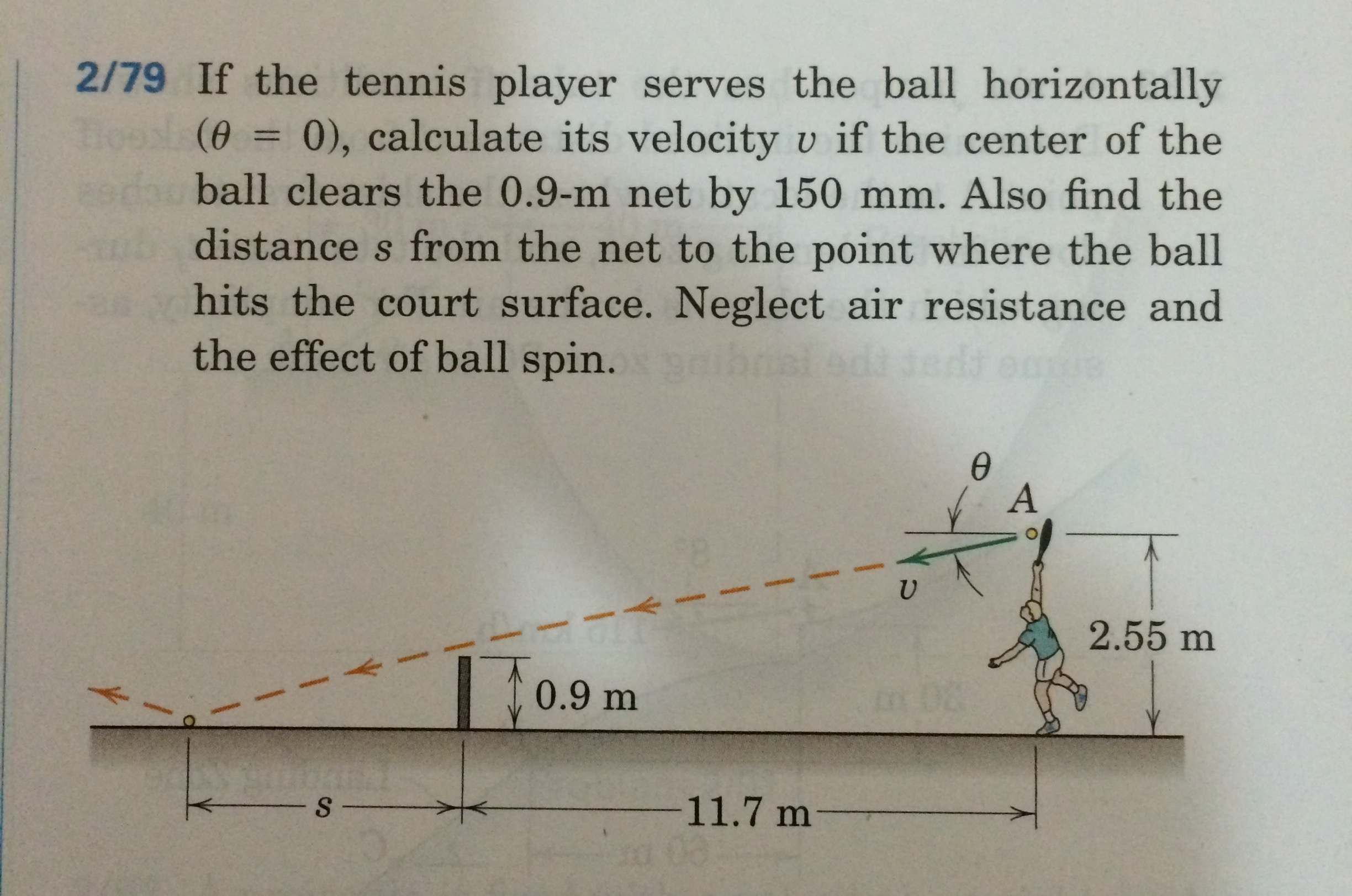

The sweet spot is a point on the racket strings that is stressed by the ball upon impact. Where is the “sweet spot” on a tennis racket? A racket with a tension of 230 N produces, in practice, fewer errors, while a racket of 180 N produces more errors. The result is a 3% increase in ball speed. If the string tension is reduced to 224 N, the apparent return coefficient increases by 7%, becoming 0.433. With a string tension of 280 N, the apparent restitution coefficient is about 0.4. and (A) is the apparent refund coefficient.V (r) is the speed of the racket head at the point of impact.v (inp) is the speed of the incoming ball.The power of the shot is linked to the thrust of the legs, the rotation of the trunk, the action of the shoulders and the rotation of the arm around it, together with the position of the racket with a variable distance from the rotation axis, according to the formula: It is also a double-edged sword because, with two wrong serves, the player loses the point due to a double fault. The serve is a very important shot because it starts the game but also offers the possibility of winning the point immediately.
Impulse physics video tennis series#
In tennis, the most studied gesture is the serve, because it is a shot performed with a series of precise movements and does not depend on the opponent or other agents of the game in progress (see figure 2).

With the help of their trainers, players perform kinematic and dynamic analysis to study the relationships between the forces acting on a body and its motion. Nowadays, to improve performance, tennis players study the different behaviors of any action. In general, there is no such thing as a flawless racket, but a player should always try out many models before deciding on the one he or she will use in competitions. The rules of tennis demand this loss to prevent the ball from going too quickly and becoming harmful. The ball dissipates around 45% of its elastic energy when it collides with the strings. Due to friction, a portion of the collected elastic potential energy is inevitably lost and turned into vibrations and heat. Because the ball and the strings are elastic, they are able to save a certain amount of kinetic energy when they collide, changing it into elastic energy that may then be returned to the bodies. When two moving bodies collide, a certain quantity of kinetic energy is released, which is determined by their mass and speed (kinetic energy is equal to half the mass times the speed squared). To accelerate or decelerate a body with twice the mass of the other, you would require twice the force.

How can a physicist help a tennis player? The technical preparation of tennis players takes physics into account, and most training tactics focus on concepts such as point of impact, balance, inertia, and mass. Moments of inertia, elastic impacts, and momentum are all part of a tennis match. Tennis can be a fascinating way to study and apply both simple and advanced physics concepts.


 0 kommentar(er)
0 kommentar(er)
